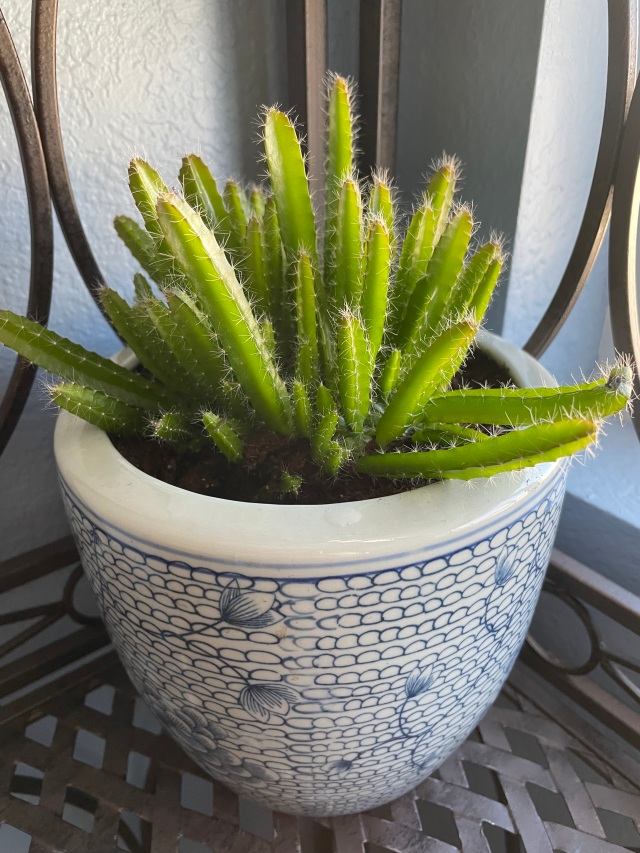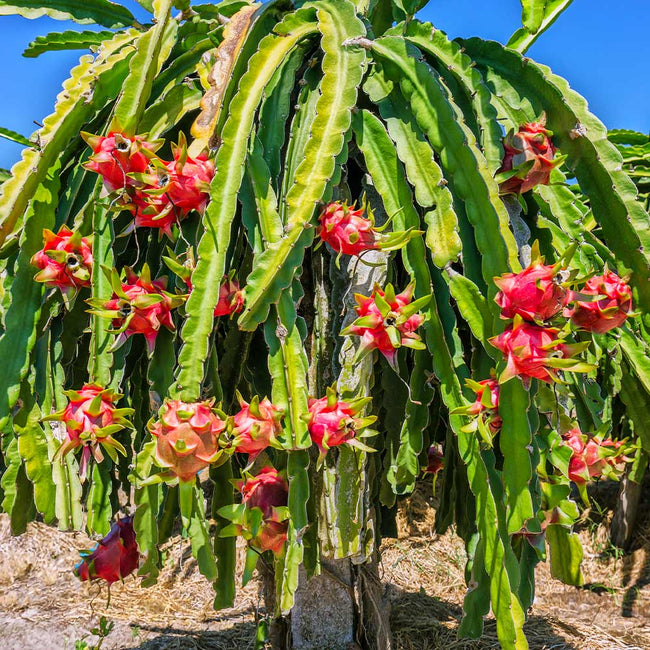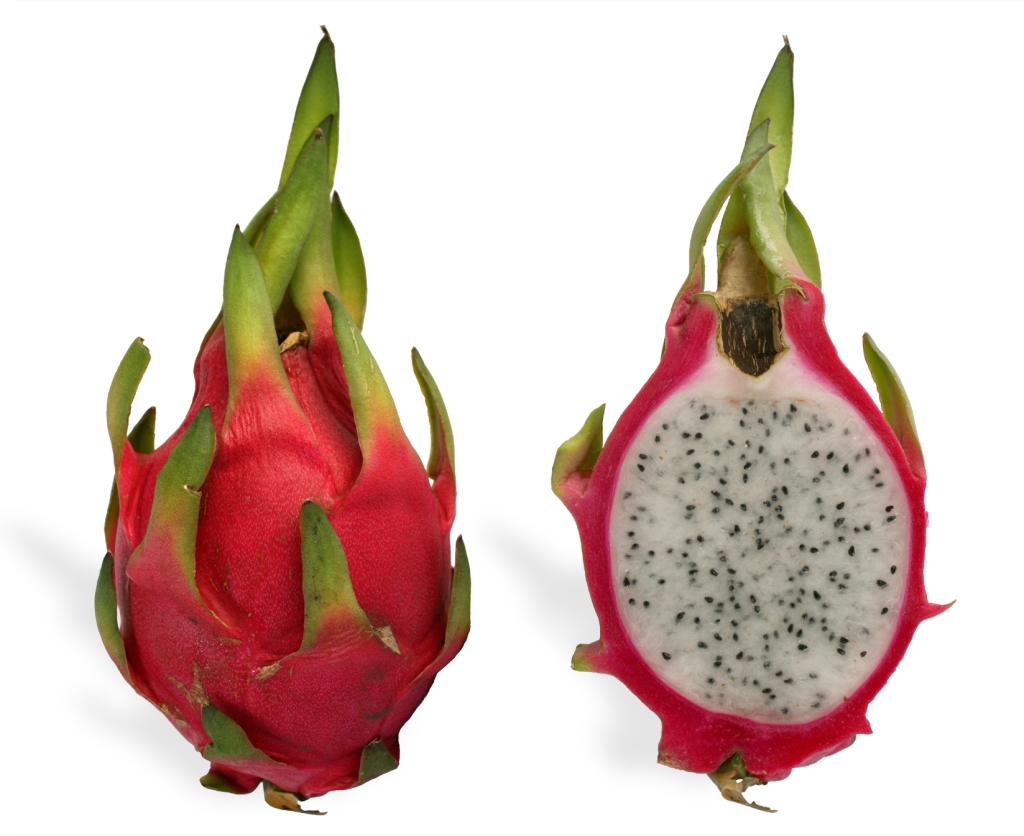I have an affinity for unusual looking plants. If I see something new and different at the nursery or grocery store, I can’t help myself. I must buy the plant despite the fact that I don’t exactly have a green thumb and there are limited number of spaces available in my home to keep them. The past couple of years, I’ve become obsessed with air plants, and it seemed a good solution as they are small, and you can put them just about anywhere. But this past week as I was getting my groceries, I came across an intriguing looking cactus and I had to stop to get a better look. Imagine my surprise when I discovered that the needles on this cactus are super soft. Really! I kid you not. They do not poke you and feel quite velvety. The tag on the plant declared it to be the cactus that doesn’t bite. Before you can say, “you have a plant addiction”, I had happily placed the cutie in my cart, thinking I would figure out the particulars of where to put it later.
When I got home, I discovered that this cactus was a dragon fruit plant. At first, I thought that it was some miniature version or just a different variety of dragon fruit. However, the more I searched online, the more I realized I had an actual dragon fruit plant on my hands. Even the plant app on my phone concurred. What HAD I done?! These plants are supposed to be 10-20 feet tall at maturity!! Looking at my lovely little plant, I had to wonder, how does this:

become this!?! Oh, I’m in so much trouble…

The odds of me actually getting this plant to full maturity are probably one thousand to one, at least according to my husband. I think he’s being kind. Ha-ha. So if you have any tips for me, I’m happy to hear them.
You may wonder why it is called a dragon fruit. If you look at one of the fruits of these plants, you can see spikes and scales that resemble that of a dragon. According to legend, the fruit was created by fire breathing dragons thousands of years ago. If you battled a dragon and it breathed fire, the last thing to emerge from its mouth was the fruit. When the dragon was killed, the fruit was gathered by soldiers and presented to the emperor as a symbol of victory and coveted treasure. The dragon would then be eaten by the victorious soldiers. It was believed that if you ate the flesh of the dragon and in particular its tail where they thought the fire originated, then you would become empowered with the dragon’s strength and ferocity.
It’s an interesting legend but I think it’s even more fascinating that the flowers on the dragon fruit plant bloom overnight and usually wilt by the evening. Consequently, they rely on nocturnal pollinators such as bats or moths for fertilization. Can you tell I’m a botanical garden docent now? Hah!
I’ve never actually tasted a dragon fruit, but it’s supposedly tastes like a combination of pear and kiwi. There are also several different varieties including the Harpua which has a melon flavor, the David Bowie which has a lemon flavor, and the Voodoo Child (who comes up with these names?) which has a grape-like taste. It would be interesting to know what variety of dragon fruit I have procured but something tells me I will probably never know.

This is so cool. If it did reach maximum height, would it survive in your backyard?
LikeLiked by 1 person
I think they prefer tropical climates so they would need protection in the winter here. Probably best to keep it indoors.
LikeLike
very interesting, put it in the middle of the back yard, sell the fruit in the front yard!
LikeLiked by 1 person
Your confidence in my ability to not kill it before maturity is heartwarming!
LikeLike
Wow!
Love it!
LikeLiked by 1 person
Glad you enjoyed this! Thanks!
LikeLiked by 1 person
Love your posts! Keep going.
LikeLiked by 1 person
Fascinating as always!
LikeLiked by 1 person